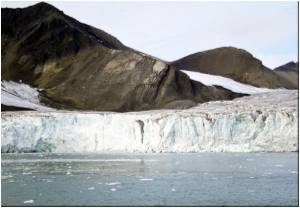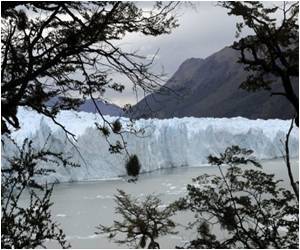Warming trends and sea ice decline are causing vegetation changes in the arctic coastal areas, Indian researchers claim

The review team analyzed 10 years worth of data and research on the subject.
The findings show that sea ice loss is changing marine and terrestrial food chains.
Sea-ice disappearance means a loss of sea-ice algae, the underpinning of the marine food web. Larger plankton is thriving, replacing smaller, but more nutrient dense plankton. What that means exactly is not yet understood.
Above water, loss of sea ice has destroyed old pathways of animal migration across sea ice while opening new pathways for marine animals in others.
Some animals and plants will become more isolated. In the case of the farthest north and coldest parts of the Arctic, entire biomes may be lost without the cooling effects of disappearing summer sea ice.
Advertisement
Bhatt, an atmospheric scientist, examined a 1982-2010 time series of remote sensing data to examine trends in sea ice, land-surface temperatures and changes in the vegetation abundance.
Advertisement
The study has been published in Science magazine.
Source-ANI







